The other day squished into a three-wheeler shuttle auto in Kolkata I could not help eavesdropping on my co-passengers.
“Looks like it will be war this time,” said one.
“I say bring it on,” laughed the other. “Teach that Pakistan a lesson.”
Around us the city was a madhouse of lights and activity. Durga Puja was coming up. Pandals were being hammered into shape. Shoppers thronged the streets, spilling out of department stores, while pavement hawkers drummed up business for “long shirt, half shirt, full cotton, ladies nighties”.
My co-passengers quickly drifted into a discussion about biryani and the big movie releases during the Pujas. War was just a cameo in that conversation far away from any potential battlefield.
I have heard stories about when war came close to Kolkata from parents and grandparents – about blackouts, air raid sirens, and refugees. But we are a generation that has grown up without any real knowledge of war.
For us patriotism is measured in the bellicosity of a television anchor and war is akin to a television reality show, something we can casually sandwich between plans for pandal hopping and biryani and the latest Tollywood multi-starrer.
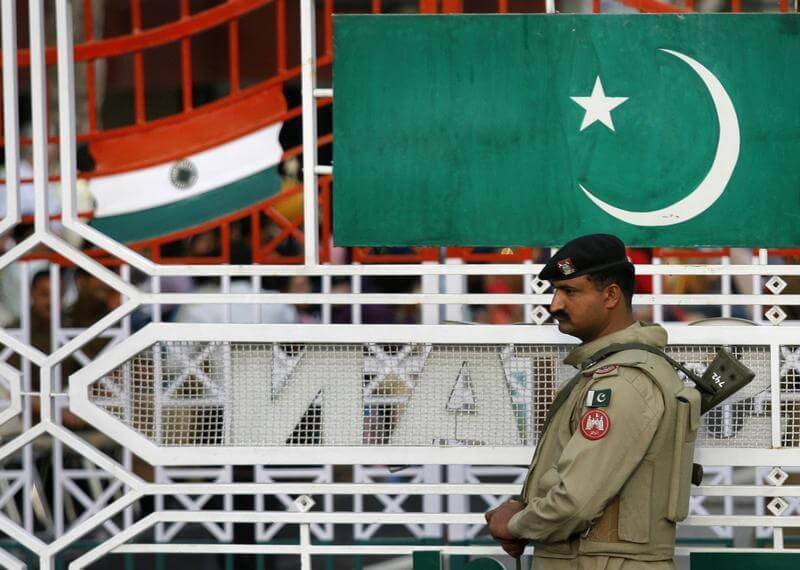
Should India go to war with Pakistan? That seems to be the burning question of the hour. Uri and Baramulla must be avenged.
Bharatiya Janata Party Member of Parliament, Subramanian Swamy says there is “no way but war”.
He tweets:
“When the jackal’s time of death arrives, it runs towards the city. Pakis time has come so they are running towards India.”
Journalist Gaurav C Sawant seems to have a new nickname every day for Pakistan – Pariah-istan, Hybrid-Terroristan, Denialistan, Confusistan.
“I may be in the minority of one,” tweets Sawant. “But India shudnt stop with one preemptive strike. Keep hitting & hard. Afghanistan should activate 2nd front.”
He’s certainly not in the minority of one. Everyone is a pundit from the retired security expert to the aam aadmi in the auto. As anchors thunder on television and hashtags fly on social media, war feels like a bumper Diwali dhamaka sale. Everyone can buy into it.
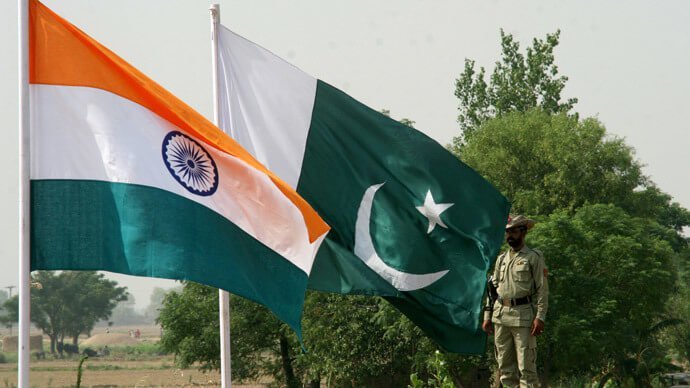
The problem is most of us don’t know shit. We don’t know shit about what’s really happening along the Line of Control. We don’t know what the Modi government is actually thinking. Or Islamabad for that matter. We could not place Uri or Baramulla on the map.
This is not to suggest there can be no case for war. As Rahul Pandita writes in Firstpost, “India must learn to fight its own battles – real battles if necessary”, and that “while wars cannot be fought from TV studios, it is also a fact that they cannot be wished away by rendering Faiz.”
But most of our war seems to be fought from television studios with the likes of Swamy as the battering ram. We don’t know a real war from a Twitter war. War has become entertainment.
“War is more exciting than IPL or Bollywood scandals,” writes Indrajit Hazra in Economic Times. “And it comes with a righteousness that is unparalleled. It is what Barbara Ehrenreich in her fascinating book, Blood Rites: Origins and History of the Passions of War, calls the need to ‘sacralise’ war, to make war something sacred.” It’s no point sneering at this jingoism, as peaceniks are wont to do.
The “thrill of war” or rather as Hazra puts it, the high you get from “the thrill of the thought of war” is primal and it’s real.
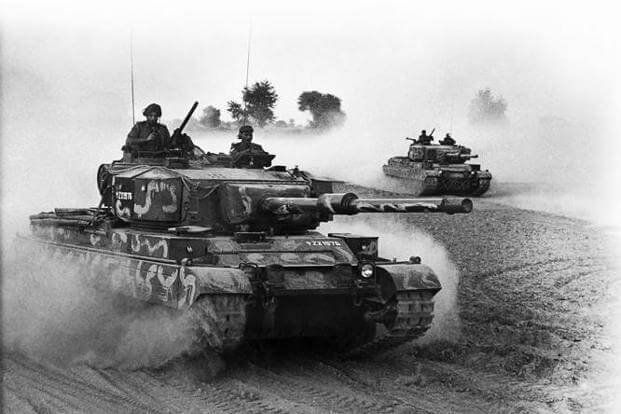
While Aleppo can bring images of war to our smartphones, it’s still a faraway war that means little to us. And not just in India. Even a US presidential candidate was caught on television not knowing what Aleppo was. We can see the gory devastation of Syria but we do not really see it. That’s just Syria. Or Iraq. Or Afghanistan.
Even in the United States of America there is a persistent attempt to sell war as something conducted by drones rather than by boots on the ground. Here we are lulled into thinking of war as a series of “surgical strikes”, whether in Pakistan or Myanmar.
Surgical strikes by their very name sound precise and clean and efficient. A tidy no-mess exercise with little collateral damage. This is all high and no hangover. No Post Traumatic Stress Disorder. No concentration camps. No landmines. No refugees. There is only a stirring soundtrack and a television ticker parade.
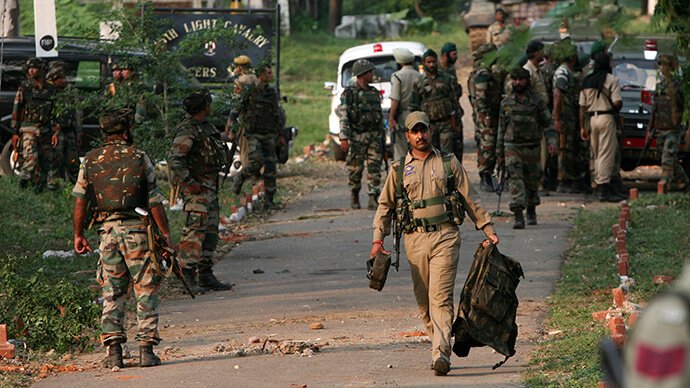
We may tweet we are ready for sacrifice but we are a generation raised to think about what our country can do for us, not what we can do for our country. Even our politicians know that the way to our hearts is by promising us a no-pain, all-gain path to glory.
When Narendra Modi went to Madison Square Garden he paid homage to the sacrifice of our freedom fighters but required no sacrifice for the cheering crowds other than bringing a few of their American friends to visit Incredible India.
War becomes a gift that a muscular government can give us to make us all feel good by delivering a knock-out blow to pesky Pakistan. And why not? We’ve been schooled to think of every Indo-Pak cricket match as war anyway. Thus, the threat of a real war comes accompanied with the same lusty hashtags and chest-thumping.
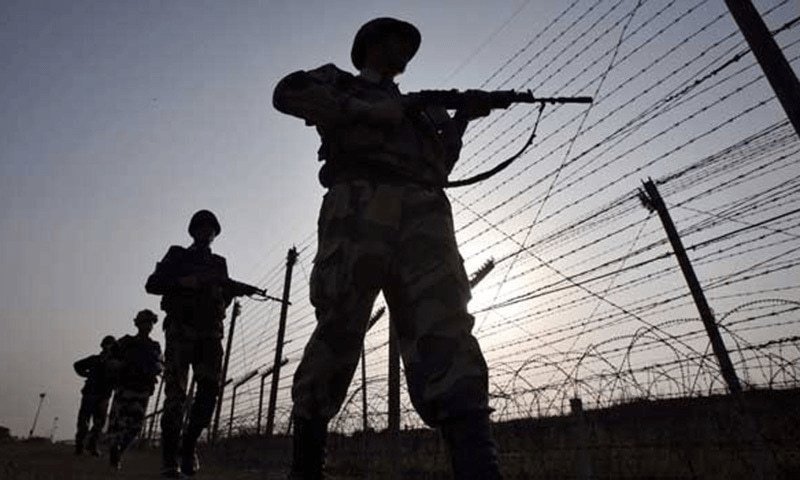
Years ago, I met an American photojournalist who had covered the Iraq war. Ashley Gilbertson had supported that war because he supported getting rid of a dictator like Saddam Hussein. The first time he thought the New York Times would feature his photograph on the front page he was thrilled and asked his girlfriend to buy a copy. It had the picture of a bride walking through New York snow instead.
He was disappointed but admitted after five years of car bombs and kicking down doors, how many times can you put those images on the front page. That’s the drudgery of war. When he started photographing the Iraq war he says he had many pictures of ordinary Iraqis, some brandishing guns, some going about their daily lives. By the end of his book most of the Iraqis he photographed were wounded or dead.
When I met Gilbertson he was no longer photographing war. He was photographing the bedrooms of fallen soldiers instead, the clothes still in the closet never to be worn again, the fading rock posters, the football jerseys, the stuffed toys.
That world is far removed from the hullabaloo of our television screens, there’s a kind of hush over that world, not hashtags. But that too is war just without the adrenaline rush. Let us not forget that.
We may claim we are “ready” for war, but all it really means for most of us is we are ready for war as spectator sport.
(Feature image source: AFP)

















